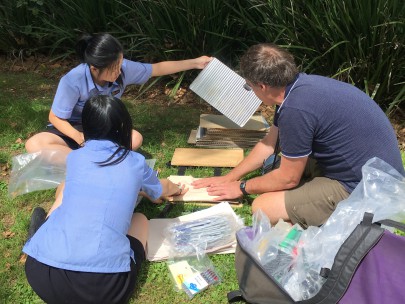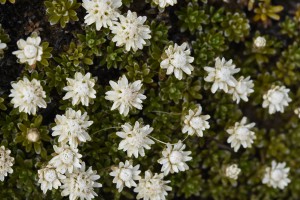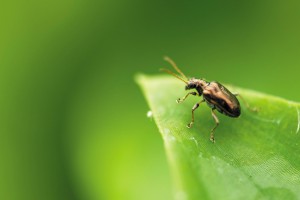Takapuna Grammar, Auckland
In this section
-
Participating schools
- Curious Minds visit Lincoln
- Franz Josef & Fox Glacier Schools
- Greymouth High School
- Haast School
- Halswell Domain
- Halswell School
- Heathcote Valley School
- Kaniere School
- Kaniere visit Lincoln
- Hokitika Primary
- Leeston Consolidated School
- Manuka Primary School
- Mission Heights
- Mt Albert Grammar
- Paroa School
- Rudolf Steiner School
- Takapuna Grammar
- TKKM
- Wakaaranga Primary School
- Whataroa School
This was our first trip with the new 2018 Unlocking Curious Minds (UCM) funding for “The Great Weeds Hunt of Aotearoa: Community surveillance of pest plants”.

Takapuna Grammar School students pressing plants in the field. Image: Monique Russell
Monique Russell from the Tread Lightly Caravan (TLC) team joined us as our independent educator. It was great to have Monique with us again – in 2016 she joined us on visits to two Auckland schools and one school in Hicks Bay, north of Gisborne.
Petra Kent was the school teacher and HOD who hosted us at Takapuna Grammar, a Decile 10 school. Although we give preference to lower decile schools, we visited Takapuna to support their strong environmental focus. Petra is a weeds expert in her own right – she is involved in community monitoring of moth plant (Araujia hortorum) and has taken on weed control of a local reserve.
We had 14 Y11–12 students join us for the day. In the morning we held classroom-based activities learning about weeds, seed dispersal and biocontrol. In the afternoon we held our field trip where the students used smartphone apps to identify and record weed species, and they collected and pressed plant specimens for the Allan Herbarium in Lincoln.
The focus of our Auckland visits for 2018 is on tradescantia (Tradescantia fluminensis). Zane McGrath of Manaaki Whenua – Landcare Research provided us with some tradescantia biocontrol beetles to handle and study. Three have been released in New Zealand – the tradescantia leaf beetle ‘Shiny’ (Neolema ogloblini), the tradescantia stem beetle ‘Knobbly’ (Lema basicostata), and the tradescantia tip beetle ‘Stripy’ (Neolema abbreviata). We found a good patch of tradescantia near the school and the students released leaf beetles at that site.
Read more about these fascinating tradescantia beetles at https://www.landcareresearch.co.nz/publications/newsletters/biological-control-of-weeds/issue-72/tradescantia-beetles.
What were some of the plants that we found?
When Murray Dawson (Manaaki Whenua – Landcare Research) first met with Petra on 4th November 2016, he found and recorded a range of weeds growing along the edge of the sea-cliffs above the school – on the seawards side of a safety fence. When he revisited on 1st March 2018, he found many of the weeds that were there had been sprayed out, allowing kikuyu grass (Pennisetum clandestinum) to dominate. Some overspray damage was evident on the leaves of native Pittosporum. The other native tree Murray noted there was pōhutukawa (Metrosideros excelsa), well suited to growing along the cliff edge. Also well suited to this habitat are pampas grasses (Cortaderia), an environmental weed that’s difficult to control and hard to access when growing on the steeper cliff faces.
Instead of this cliff edge site, we chose a nearby coastal access track with a range of weeds for the students to record and collect.
We found large areas of agapanthus around the borders of the school. These would have originally been planted as low maintenance free-flowering plants and as bank stabilisers. However, as we explained to the class one agapanthus plant can produce 13,000 – 86,000 seeds each year and Auckland Council have banned these tall-growing fertile forms because of their weed potential. Indeed, the students found seedlings of agapanthus naturalising.
Other garden escapes we found growing wild near the school included:
- arum lily (Zantedeschia aethiopica ‘Green Goddess’)
- bear’s breeches (Acanthus mollis)
- common oleander (Nerium oleander)
- flame tree (Erythrina × sykesii)
- garden geranium (Pelargonium × hortorum)
- shrub balsam (Impatiens sodenii) and the related impatiens (Impatiens walleriana)
- stinking iris (Iris foetidissima)
- trailing African daisy (Osteospermum fruticosum) and the related Cape daisy (Osteospermum jucundum)
- tuber ladder fern (Nephrolepis cordifolia)
We found several climbing weeds, including:
- three weedy Asparagus species – bridal creeper (A. asparagoides), climbing asparagus (A. scandens), and Sprenger’s asparagus (A. aethiopicus)
- Cape ivy (Senecio angulatus)
- German ivy (Delairea odorata)
- Japanese honeysuckle (Lonicera japonica)
- large bindweed (Calystegia sylvatica)
- moth plant (Araujia hortorum)









![Tradescantia beetle release at a site near Takapuna Grammar School. Inset shows close-up of beetle ([Neolema ogloblini], aka ‘Shiny’). Image: Murray Dawson Image](/assets/Education/Schools-Great-weeds-hunt/Takapuna_student_releasing_tradescantia_biocontrol_Dawson_2__FillMaxWzE1LDE1XQ.jpg)


